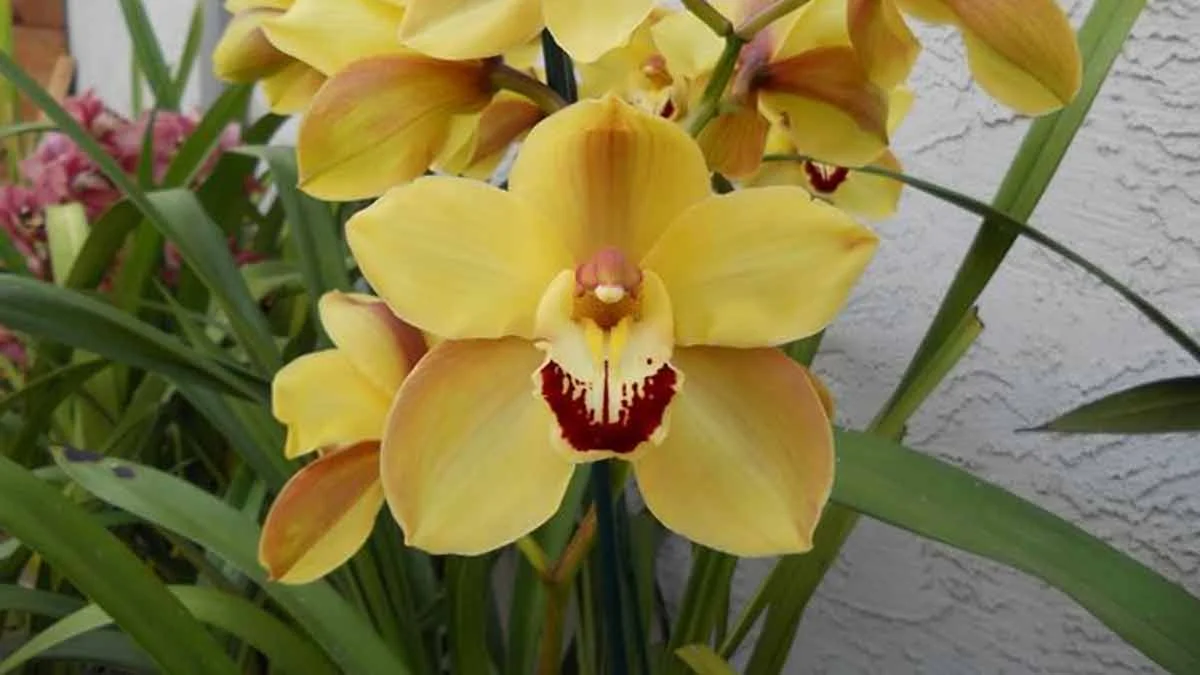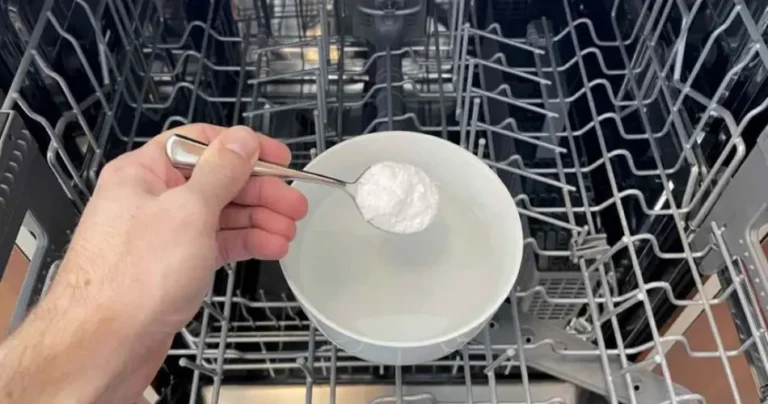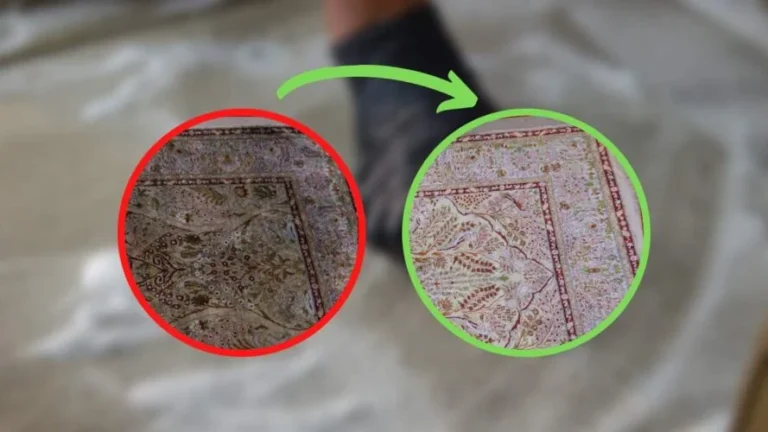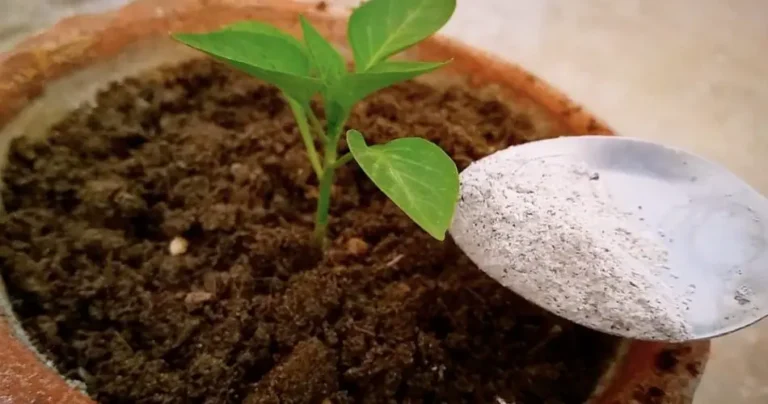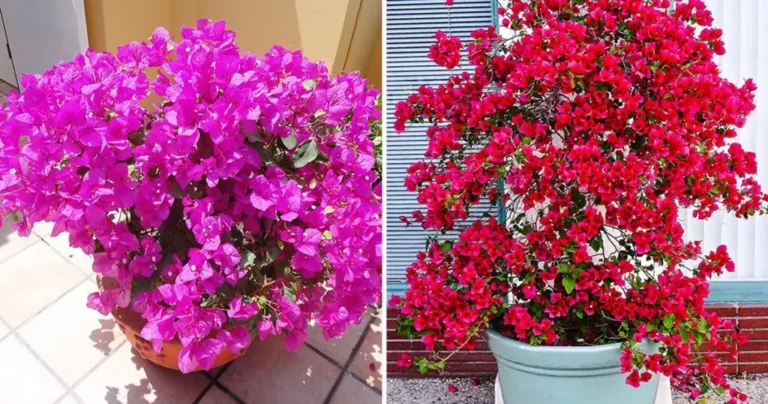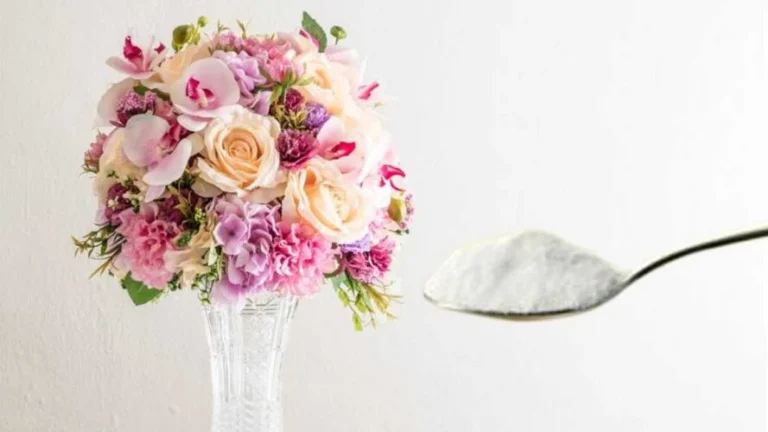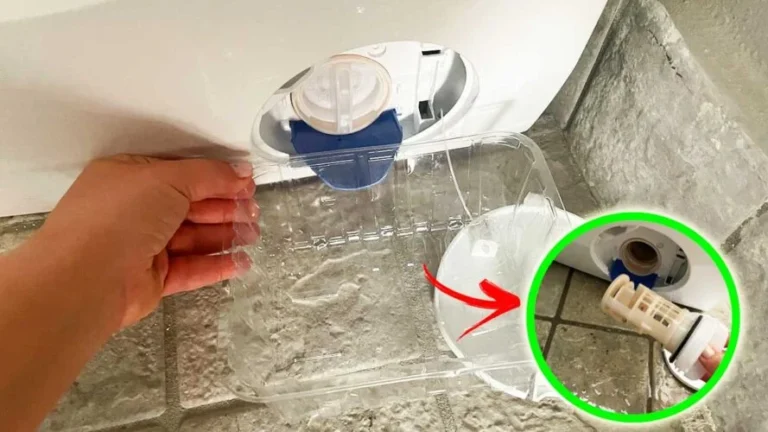If the Cymbidium orchid bulbs are yellow, this is what happens!
Cymbidiums are very attractive orchids with beautiful, colorful flowers. They are generally grown outdoors, as flowering is induced by cool temperatures. Unlike phalaenopsis orchids which fear the cold.
Unlike classic phalaenopsis, these plants have protuberances at the base of the leaves that are very reminiscent of bulbs. For this reason they are commonly referred to as pseudobulbs . If you notice that these pseudobulbs are turning yellow, you need to take note of these reasons!
Normal life cycle
Before feeling guilty for the mistake you made in caring for your cymbidium, remember that yellowing bulbs are part of the plant’s natural cycle.
Yellowing of older parts of the plant may be normal. This means that bulbs may yellow, as can older foliage to make room for new bulbs and leaves. However, you should be concerned if the yellowing affects a large part of the plant.
Need for repotting
To care for cymbidium orchids, you should consider repotting them regularly as the plant tends to clump in the pot more often than others. Spring is the ideal time to repot cymbidiums, although you can do this for much of the summer.
If the plant has not been repotted in the last 3 years, it probably needs it and this could be the reason for the yellowing. The roots cannot grow the bulbs in a small space and little soil. These orchids actually like a mixture to maintain humidity.
Fertilizers
Another possible cause of yellowing cymbidium bulbs is nutrient deficiency . Cymbidiums are plants that require regular fertilization due to their flowers and leaves.
In this case, use slow-release fertilizers. Once a month, especially during the flowering period, apply liquid fertilizer diluted in water.
Sun exposure
Yellowing of cymbidium is a normal phenomenon if it is grown in full sun. If you live in a region where summer heat is dominant, avoid exposing your plant to sunlight during central hours.
Root rot
If cymbidium bulbs turn yellow, root rot should never be ruled out .
It starts with rotting of the roots in the pot. Then, gradually, the infection passes to the bulbs which yellow and become mushy and dark.
In this case, the orchid will need to be repotted by completely removing the rotten parts and replanting it in fresh soil.
